Do snakes recognize their surroundings? This question has intrigued herpetologists, snake enthusiasts, and pet owners alike for generations. While snakes don’t possess the cognitive complexity of mammals, emerging research suggests they have more sophisticated spatial memory capabilities than previously thought. Understanding how snakes remember their habitats not only provides fascinating insights into reptilian cognition but also has practical applications for conservation efforts and proper captive care. This article explores the behavioral indicators, scientific research, and practical observations that can help determine if a snake remembers its habitat.
The Science of Snake Memory
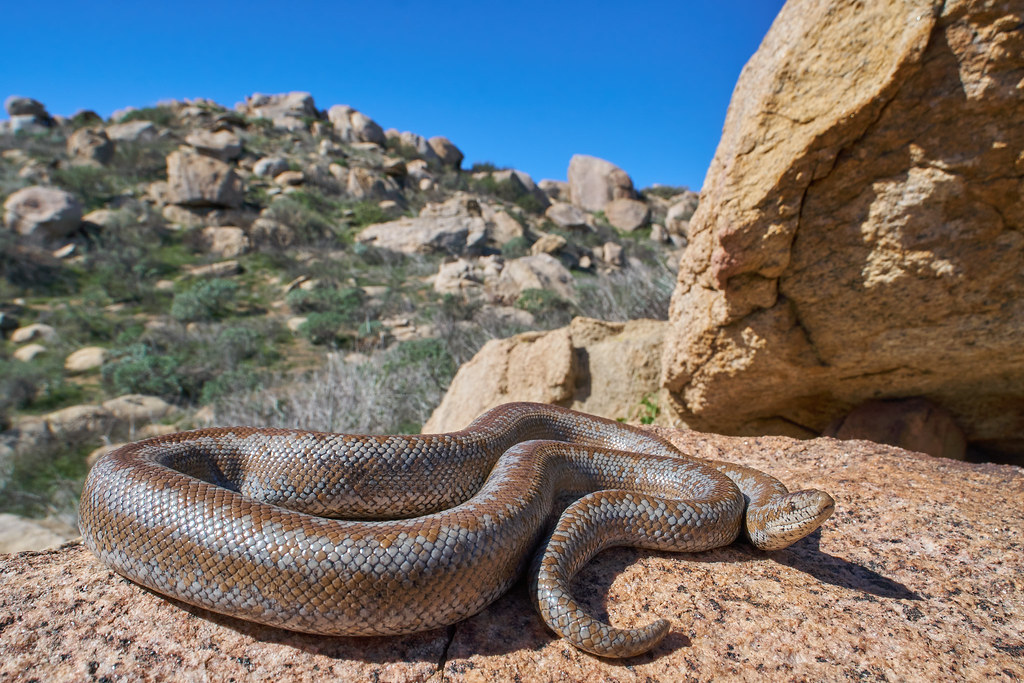
Snake cognition has been historically underestimated, with many assuming these reptiles operate purely on instinct. However, recent neurobiological studies have revealed that snakes possess a functional hippocampus, the brain region associated with spatial memory in vertebrates. Though structurally different from mammalian brains, a snake’s brain contains the necessary neural architecture to form and retain spatial memories. Research conducted at the University of Florida demonstrated that corn snakes could navigate complex mazes with increasing efficiency over time, suggesting they remember spatial layouts. Additionally, studies examining snakes’ dorsal cortex activity show increased neural firing when they encounter familiar environments versus novel ones, providing neurological evidence for habitat recognition.
Behavioral Indicators of Habitat Recognition

Snakes display several observable behaviors that suggest they recognize familiar surroundings. A snake that has memorized its habitat typically exhibits reduced defensive behaviors in familiar settings compared to new environments. You might notice decreased tongue flicking—an information-gathering behavior that’s more prevalent when snakes are uncertain of their surroundings. Familiar snakes often move with greater confidence and purpose through known territories, following established paths rather than exploring randomly. Perhaps most tellingly, many snake species return to the same shelter sites repeatedly over extended periods, demonstrating an ability to remember specific locations within their habitat that provide safety or other resources.
Homing Behavior in Wild Snakes
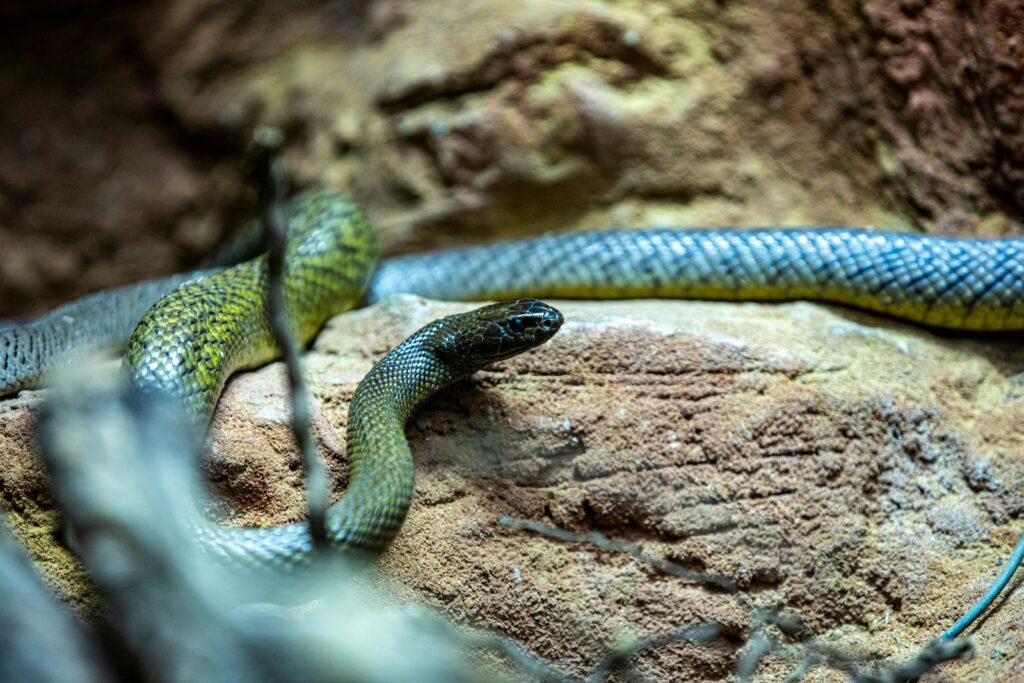
One of the most compelling pieces of evidence for habitat memory in snakes comes from documented homing behaviors observed in wild populations. Research on timber rattlesnakes has shown individuals can return to the same denning sites year after year, even after traveling several miles during their active season. In displacement experiments, where researchers move snakes considerable distances from their capture location, many species demonstrate the ability to return to their original territory, sometimes navigating complex terrain to do so. For example, a study in the Journal of Herpetology documented eastern diamondback rattlesnakes successfully returning to their home ranges when displaced up to 1.5 miles away. This remarkable ability suggests snakes maintain a mental map of their broader habitat that persists over time.
Seasonal Habitat Memory
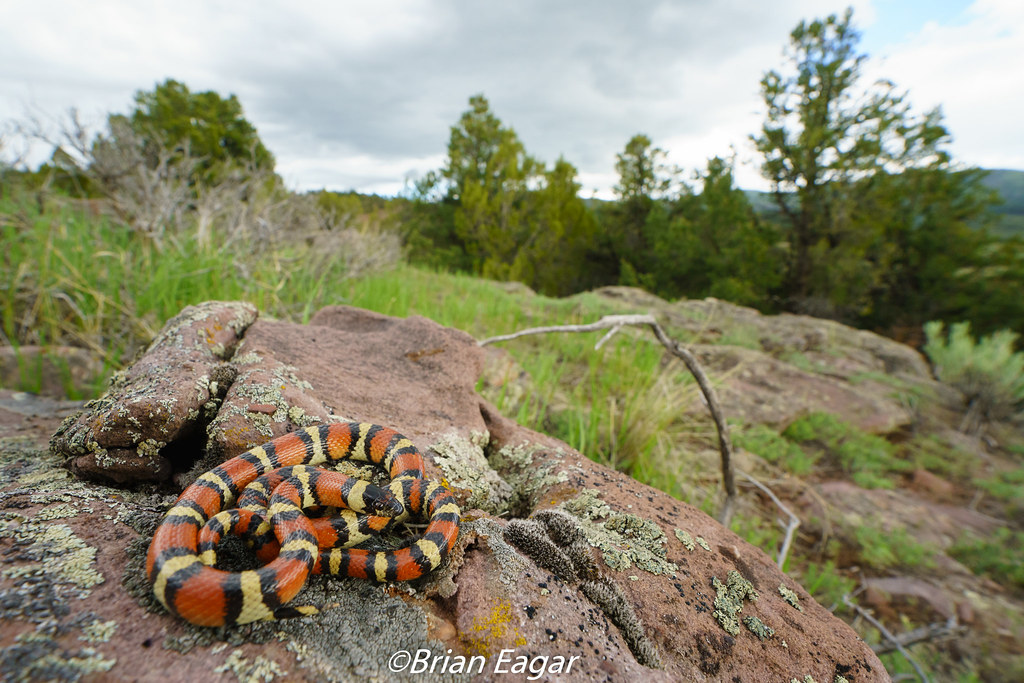
Many snake species display seasonal habitat preferences that indicate long-term memory of different environmental conditions. Garter snakes, for instance, consistently return to the same hibernacula (winter shelters) each year, suggesting they remember these crucial survival locations across seasons. During breeding seasons, male snakes of various species have been observed returning to specific mating grounds year after year, demonstrating both spatial memory and temporal awareness. Some species, like rat snakes, alternate between summer and winter territories with remarkable precision, following similar migratory routes annually. These predictable seasonal movements strongly indicate that snakes not only remember multiple habitats but can also associate them with specific seasonal needs and navigate between them intentionally.
Captive Snakes and Enclosure Familiarity
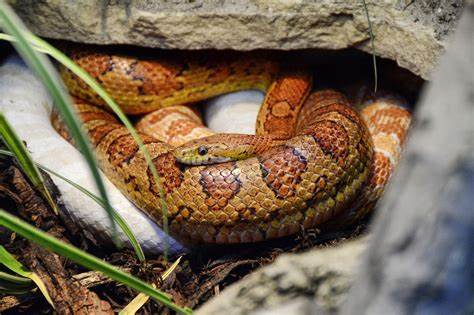
Pet snake owners often notice behavioral changes that suggest their reptiles recognize their enclosures. A newly introduced snake typically explores extensively, tongue-flicking frequently to gather chemical information about the unfamiliar environment. In contrast, a snake familiar with its habitat displays more relaxed behaviors, such as basking openly or utilizing hiding spots without hesitation. Many snake keepers report that after temporary removals (for enclosure cleaning or veterinary visits), their snakes quickly resume normal behaviors upon return, suggesting recognition of the familiar environment. Perhaps most convincingly, snakes often develop preferred paths through their enclosures and regularly use specific basking spots, water dishes, and hiding locations, indicating they’ve mentally mapped their surroundings.
Memory of Food Locations
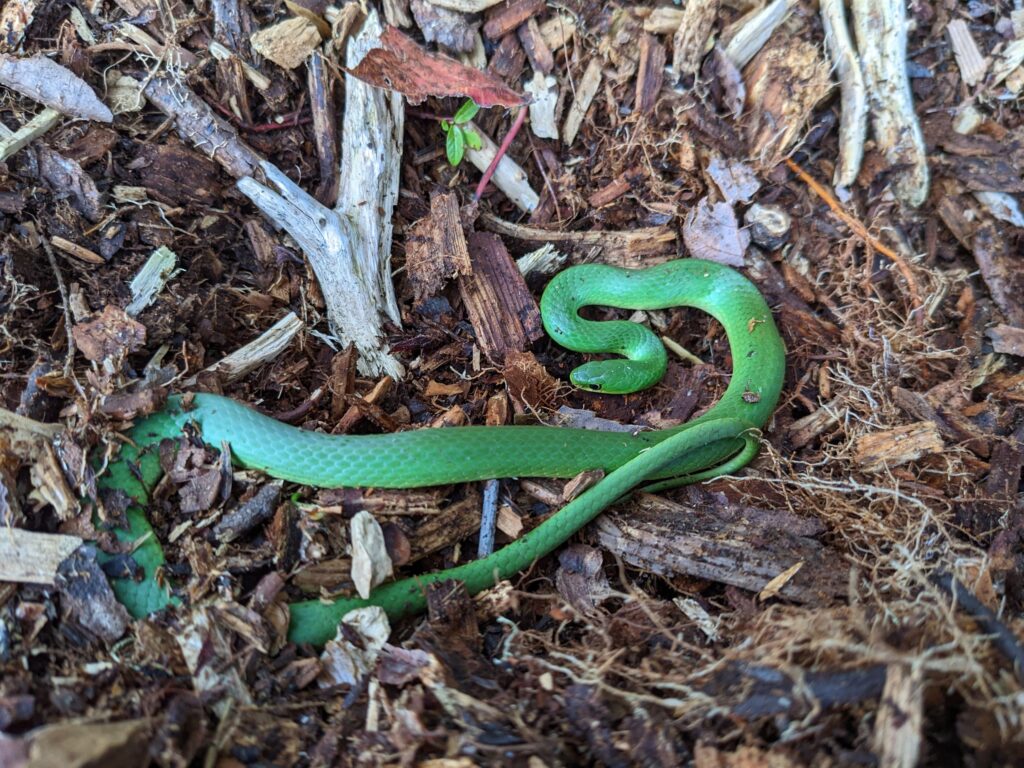
Snakes demonstrate remarkable abilities to remember feeding locations, suggesting they maintain spatial maps related to sustenance. Field studies have documented snakes returning to productive hunting grounds repeatedly, sometimes visiting these areas at specific times when prey is most abundant. In captivity, many keepers observe that their snakes become alert or move to specific locations in their enclosures during regular feeding times, anticipating food arrival. Some species, particularly ambush predators like vipers, return to the same hunting sites repeatedly over weeks or months, suggesting they remember locations where hunting success was previously achieved. This food-related spatial memory provides compelling evidence that snakes maintain detailed mental maps of resource distribution within their habitats.
Chemical Recognition of Familiar Territories
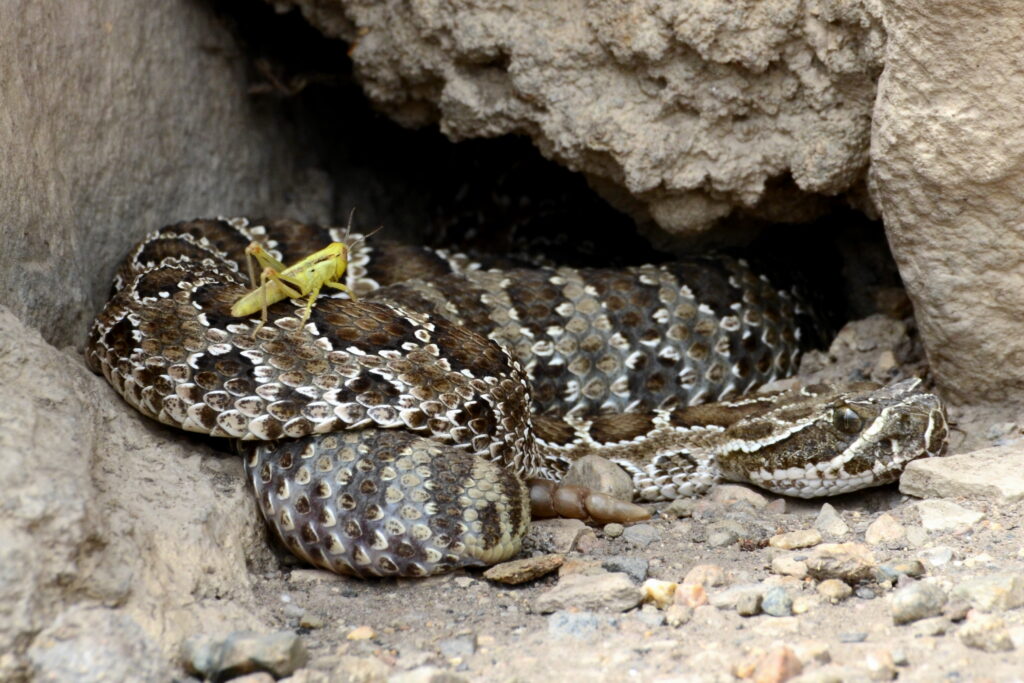
Snakes possess an extraordinary chemosensory system centered around their forked tongues and vomeronasal organs, which they use to create chemical “maps” of their environment. Studies show that snakes deposit specific pheromones in their habitats that they can later recognize, essentially creating chemical landmarks. When researchers present snakes with substrate containing their own scent versus foreign snake scents, most individuals show a clear preference for self-scented areas, suggesting recognition of their personal territory. In laboratory experiments, snakes navigate mazes more efficiently when chemical cues from previous explorations remain present, indicating they use these scent markers as memory aids. This sophisticated chemical recognition system enables snakes to identify not just their general habitat, but specific microhabitats within their territory that they’ve previously explored.
Testing Your Snake’s Habitat Memory
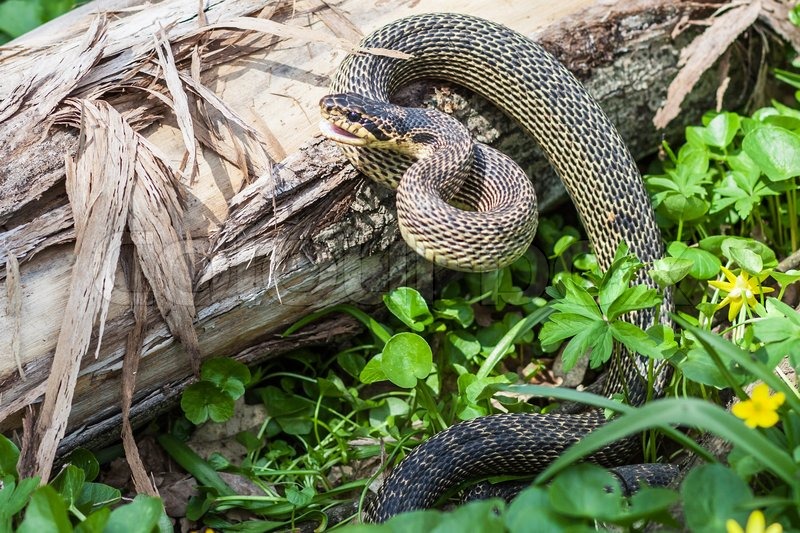
There are several practical ways to assess whether your snake recognizes its environment. One simple method involves temporarily rearranging habitat features and observing how your snake responds—increased exploratory behavior suggests it notices the changes to its remembered environment. Another approach is to observe how quickly your snake locates familiar resources like hiding spots or water dishes after being temporarily removed from the enclosure; rapid location suggests memory rather than random discovery. Some owners create simple mazes using safe, temporary barriers within larger enclosures, noting if navigation efficiency improves over repeated trials. Additionally, monitoring stress behaviors (defensive posturing, refusing food, excessive hiding) when transitioning between familiar and unfamiliar environments can provide insights into your snake’s habitat recognition capabilities.
Memory Differences Between Snake Species
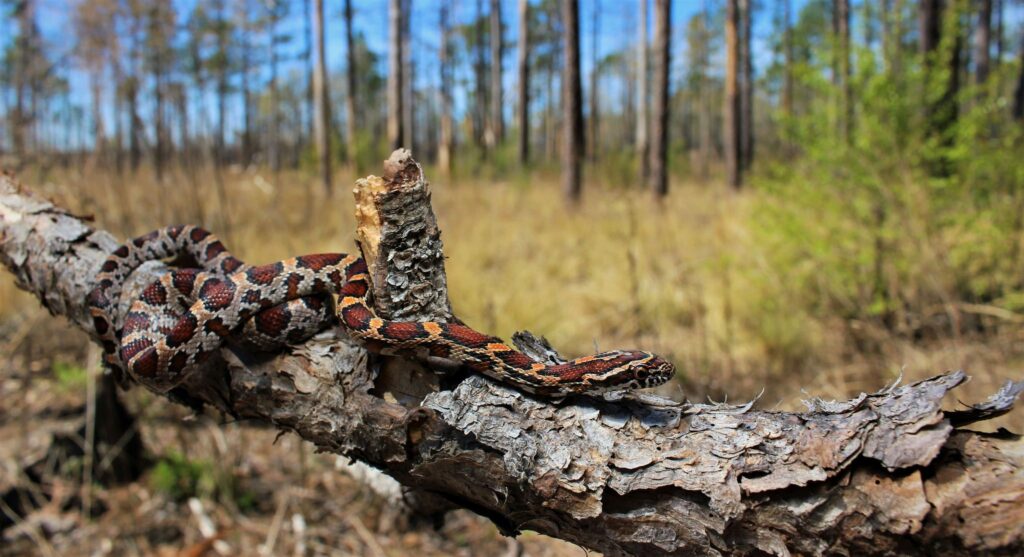
Not all snakes demonstrate equal memory capabilities, with significant variation observed across different species. Active foragers like rat snakes and king snakes typically display more sophisticated spatial memory than ambush predators, likely because their hunting strategy requires remembering and revisiting productive areas. Arboreal species such as tree pythons and vine snakes generally demonstrate excellent three-dimensional spatial memory, navigating complex branching structures with remarkable precision. Studies suggest that snakes with larger home ranges, like indigo snakes that may patrol territories of several square miles, possess more developed spatial memory systems than species with more limited movements. Additionally, highly specialized species such as sea snakes show remarkable habitat memory specific to their unique environments, remembering complex reef structures and returning to the same resting sites repeatedly.
Environmental Enrichment and Memory Development
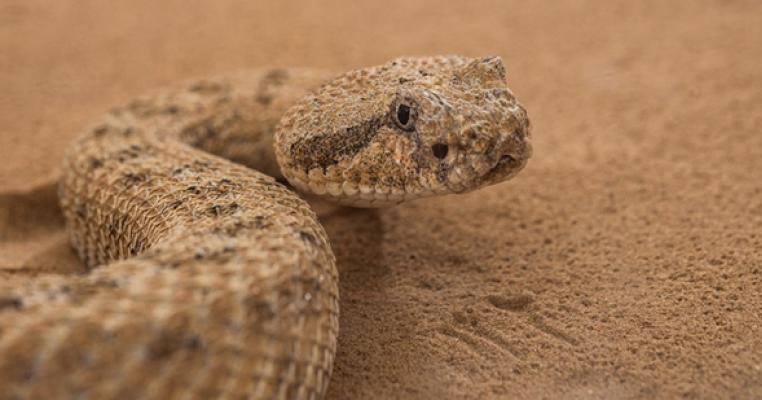
The complexity of a snake’s environment significantly impacts its memory development and cognitive abilities. Research indicates that snakes raised in enriched environments with varied terrain, multiple hiding spots, and changing features demonstrate better spatial memory than those kept in barren conditions. For captive snakes, providing environmental enrichment through habitat complexity, occasional rearrangement of non-essential features, and opportunities for exploration promotes cognitive development. Studies comparing wild-caught snakes to captive-bred individuals often find more sophisticated spatial memory in wild specimens, suggesting that navigating natural habitats develops these cognitive abilities. These findings have important implications for both conservation efforts and captive husbandry practices, highlighting the importance of environmental complexity for snake cognitive health.
Memory Duration in Snakes

The question of how long snakes retain memories of their habitats remains an active area of research, but evidence suggests impressive durations. Long-term studies of migratory species document individuals returning to the same denning sites for over a decade, indicating memory retention spanning years. In laboratory settings, corn snakes have demonstrated retention of maze solutions for at least six months without reinforcement, suggesting robust long-term memory capabilities. Particularly interesting are cases of rescued snakes returned to their capture locations after extended periods in rehabilitation, with many individuals quickly resuming normal territory use patterns despite months of absence. While memory duration likely varies by species and individual, the evidence strongly suggests snakes maintain spatial memories for extended periods, particularly for locations crucial to survival like hibernation sites, reliable water sources, and productive hunting grounds.
Implications for Conservation Efforts
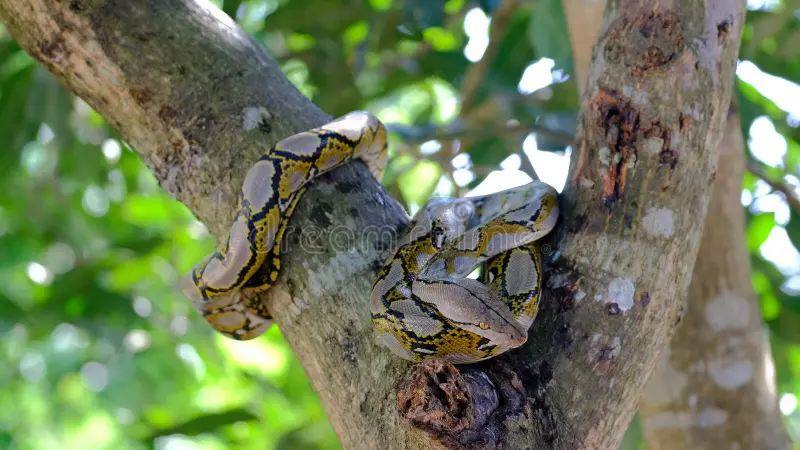
Understanding snake habitat memory has crucial implications for conservation strategies and habitat protection efforts. Translocation programs, which move snakes from developed areas to new habitats, often fail because snakes attempt to return to their remembered territories, sometimes crossing dangerous terrain like roads in the process. Conservation biologists now recognize that protecting not just general snake habitat but specific features like communal hibernacula is essential, as these locations exist in the spatial memory of entire populations. The documented ability of snakes to remember and return to specific microhabitats suggests that fragmented conservation areas connected by corridors may be more effective than isolated preserves. Additionally, habitat restoration efforts are more successful when they account for the spatial memory of resident snake populations, preserving key landmarks and resources that snakes have memorized rather than completely restructuring areas.
Practical Applications for Snake Keepers

For snake owners and professional keepers, understanding habitat memory has several practical applications for improving captive care. When transferring a snake to a new enclosure, incorporating some familiar elements from the previous habitat can reduce stress by providing recognizable features. During necessary handling or medical procedures, returning a snake to its familiar environment afterward helps it recover more quickly from the stressful experience. Many experienced keepers maintain consistent basic layouts even when cleaning or upgrading enclosures, recognizing that complete rearrangements can disorient snakes that have memorized their surroundings. For breeding programs, understanding that certain species remember successful breeding locations can improve reproduction rates by maintaining consistency in breeding enclosure setups across seasons.
The growing body of evidence strongly suggests that snakes possess more sophisticated habitat memory than they’ve historically been credited with. From the neurobiological foundation in their brain structure to observable behaviors like homing, seasonal migration, and resource location, multiple indicators demonstrate that snakes form and maintain mental maps of their environments. This understanding has significant implications for both conservation efforts and captive care practices. By recognizing and respecting the cognitive abilities of these remarkable reptiles, we can better protect wild populations and provide more appropriate care for captive individuals. Whether you’re observing wild snakes in their natural habitat or caring for a pet snake in captivity, appreciating their capacity for environmental memory adds a fascinating dimension to our understanding of these often misunderstood animals.




